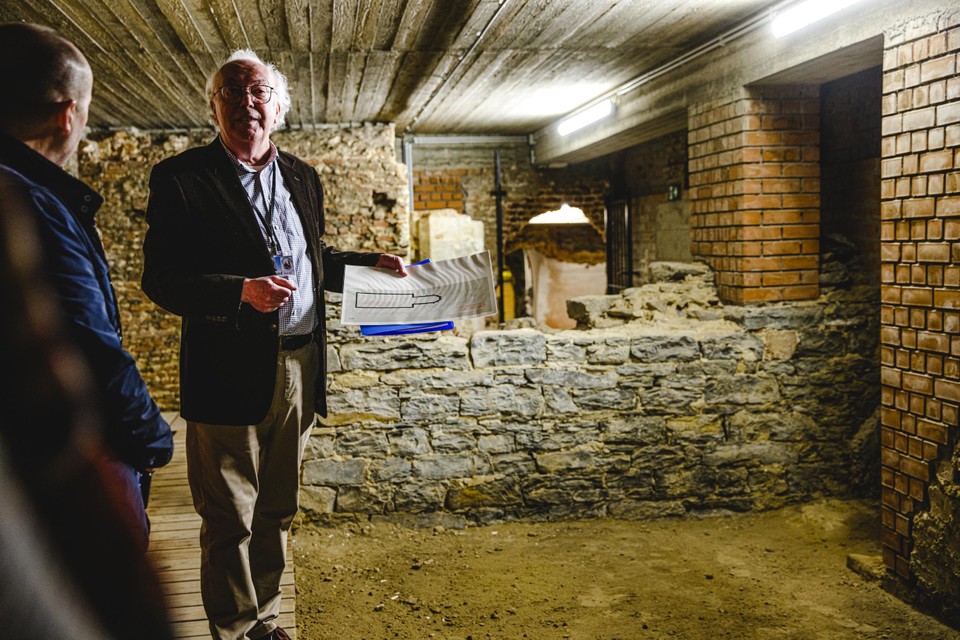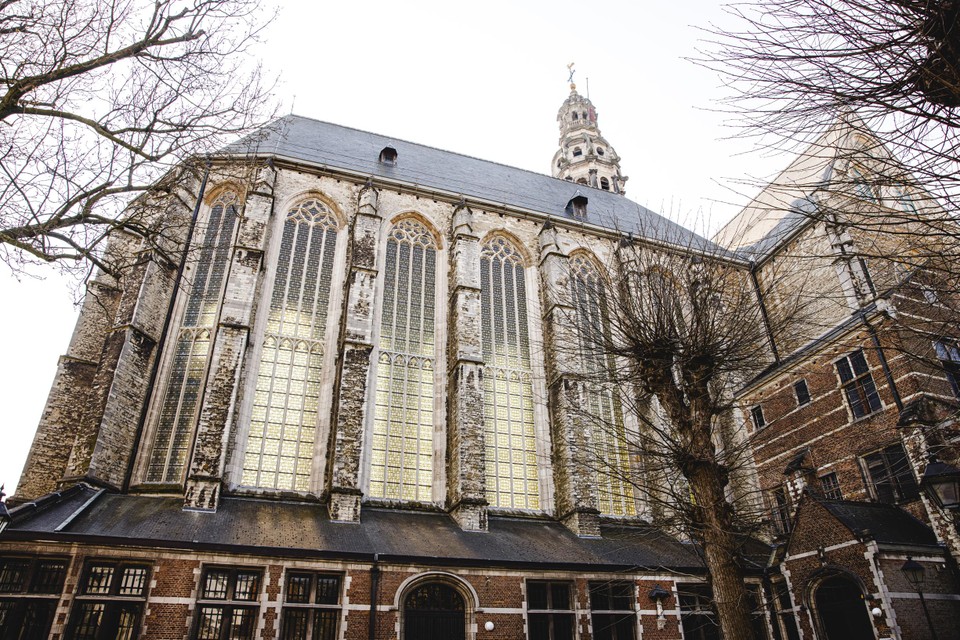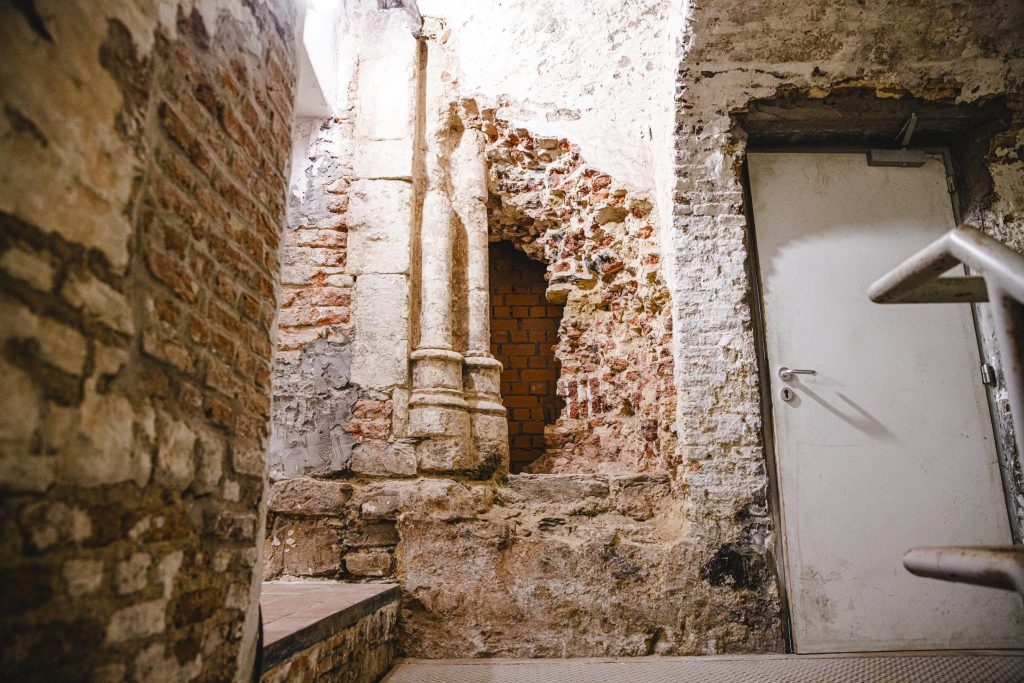This has been the case at the cathedral for years, and from April those who visit St Paul’s Church in Schipperskwartier will pay an entrance fee. Although this only applies to adults and people who attend a service or come to pray, they can still enter for free in the future.
“We have no choice but to charge an entrance fee, as the costs of maintaining the church and opening it to the public are very high. The energy costs alone to keep this huge building warm are enormous,” says the factory president of St. Paul Bestieu Church.
“Even those who burn a candle don’t have to pay”
In Sint-Pauluskerk, which, except for Corona for a moment, receives about 115,000 tourists every year, they do not go overnight. “Of course we would have preferred not to change anything, but this is not really an option anymore. With the money, we will ensure that the church remains accessible to everyone and we can organize additional activities”, continues Paul Bistiaux.

From April, adults are required to pay a tourist visit fee to St. Paul’s Church. † © Nattida-Jayne Kanyachalao
The church has not only a religious function, but also a museum. The people who come for it, are the ones who have to pay from now on. An adult pays 5 euros, comes in a set of 3 euros. One day a week the church will remain free for all and also during special events like Memorial Open Day, entry will remain free.
“Nothing changes for the faithful and we think that’s important. Nobody has to pay to light a candle either. It’s not unusual to ask for a church entrance fee. In many foreign churches, as in the cathedral, tourists have had to pay for years.”
Back to the thirteenth century
About four meters below the monumental chapel, there was reason to hold a small party on Wednesdays. There, a crypt, which had been used for gatherings for some time, was restored, and an archaeological site was proposed.

Armand Storck directs visitors through the crypt and the archaeological site below the church. † © Nattida-Jayne Kanyachalao
The vault that precedes the archaeological site has been completely renovated. The walls are painted white, lighting is installed, and in addition to the kitchen being constructed, the space is also available for wheelchair users.
But the real experience begins behind the iron gate of the archaeological site. There begins a walk between and under the foundations and remains of the church and the monastery of a former medieval preacher.
“In some places you can still see bricks from that period. Something you can only find in Antwerp in sixty and parts of the cathedral. This is one of the few places where you still concretely face Antwerp seven hundred years ago,” says guide Armand Storck. .
Old monastery entrance
The first part of the site, under the present altar, the north wing and the treasury, was actually revealed during archaeological excavations in 1990. Painting on bricks is extremely rare. The paintings date from the 14th or 15th century and are unique to our city,” continues Armand Storck.

Tourists pay 5 euros to discover the entire St. Paul’s Church. † © Nattida-Jayne Kanyachalao
The second gate leads to the chapter house, which dates back to the 13th century. “The gate must have been the entrance to the monastery. The pillars of the medieval gate are not only very clearly visible, but also look great.”
The archaeological site can only be visited with a guide. “People do not have to book in advance. It is enough to come to church and register. We also have a new website where all practical information can be found,” said Armand Stork.

“Total coffee specialist. Hardcore reader. Incurable music scholar. Web guru. Freelance troublemaker. Problem solver. Travel trailblazer.”







More Stories
GALA lacks a chapter on e-health
Weird beer can taste really good.
Planets contain much more water than previously thought